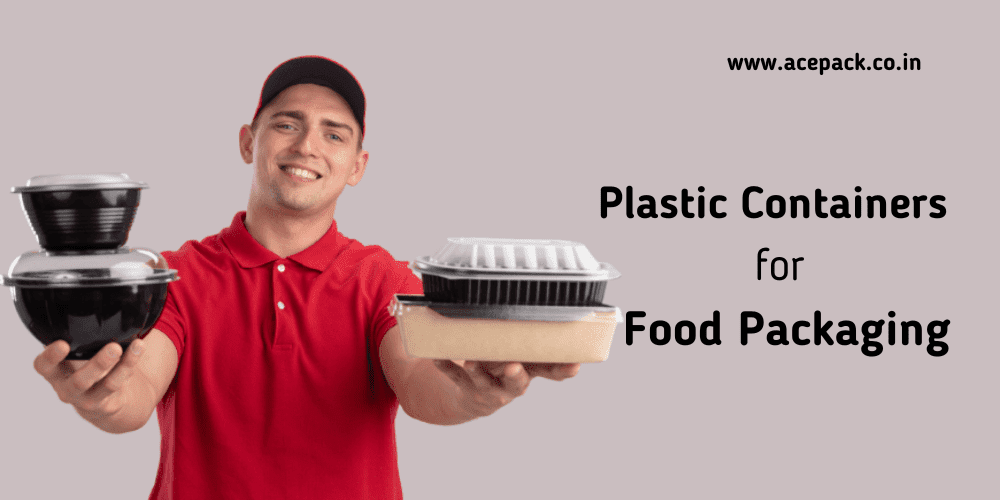
When it comes to ensuring the freshness and safety of our food, proper packaging plays a crucial role. Among the various options available, plastic containers have emerged as a versatile and practical choice. In this article, we will delve into the world of Plastic dispensers for food packaging, exploring their benefits, how to choose the right ones, their impact on sustainability, and more.
Table of content
We will delve into the various aspects of plastic containers for food packaging. We will explore the benefits, types, and considerations that go into choosing the right plastic container for specific food products. Additionally, we will examine the environmental impact of plastic containers and the efforts being made to develop more sustainable packaging alternatives.
Plastic containers offer a host of advantages that make them a popular choice for food packaging solutions. Their durability ensures that your food remains safe during transit and storage. These containers are lightweight, making them easy to carry and stack, optimizing your kitchen or pantry space. With a wide range of shapes and sizes, they cater to diverse packaging needs, from storing leftovers to organizing dry goods.
Selecting the right plastic food containers involves considering factors like size, material, and functionality. Different types of plastic are used in containers, each with its own set of properties. Some plastics are better suited for freezing, while others are designed for microwave use. Exploring the compatibility of your Plastic Dispensers with various conditions will help you make informed choices.
As the world becomes more environmentally conscious, sustainable food packaging is gaining importance. Fortunately, plastic packaging has evolved to contribute to this cause. Innovations in eco-friendly plastics have led to the development of biodegradable and compostable options, reducing the long-term impact of plastic waste on the environment.
The airtight nature of plastic containers is a boon for food storage. It helps preserve the freshness of perishable items by preventing the growth of bacteria. Properly sealed Plastic Dispensers also prevent odors from spreading to other items in the fridge or pantry. By following safe food storage practices, you can prolong the shelf life of your food and reduce the risk of foodborne illnesses.
One of the concerns with food packaging is the ability to use containers in different environments. Many Plastic Dispensers are designed to be microwave and freezer safe, allowing you to conveniently reheat leftovers or store food for longer durations.
The debate between plastic and glass containers has been ongoing. While glass is known for its non-reactive properties, Plastic Dispensers offer advantages such as being lightweight and shatter-resistant. Both have their place in the kitchen and choosing between them depends on your specific needs and preferences.
Health-conscious consumers often worry about chemicals leaching into their food. BPA-free plastic containers are designed to address these concerns, ensuring that harmful chemicals don't make their way into your meals. Understanding food-grade plastics and their safety standards can help you confidently select containers that prioritize your well-being.
Beyond food storage, plastic containers can be excellent tools for organizing your kitchen. They are ideal for storing snacks, cereals, spices, and other pantry staples. By using clear containers, you can easily identify the contents and maintain an orderly and clutter-free kitchen space.
The issue of plastic waste cannot be ignored, and responsible disposal is essential. While Plastic Dispensers offer convenience, it\\\'s crucial to recycle them properly to minimize their environmental impact. Additionally, reusing containers for various purposes can further extend their lifespan before they enter the waste stream.
In conclusion, plastic containers for food packaging offer a myriad of benefits, from convenience and practicality to sustainability. By choosing the right containers, adhering to safe usage practices, and being mindful of their environmental impact, you can make informed decisions that benefit both you and the planet.